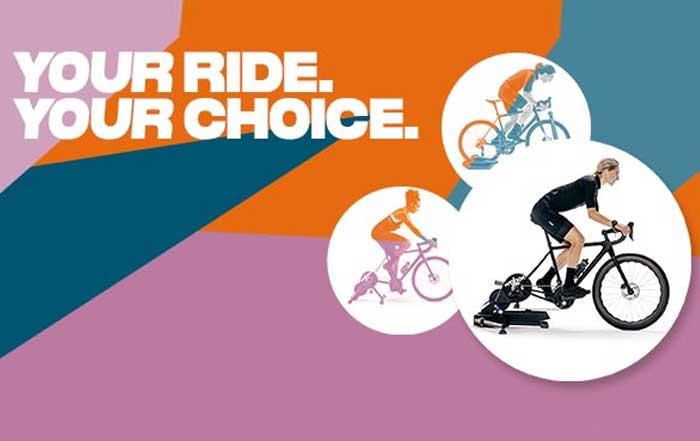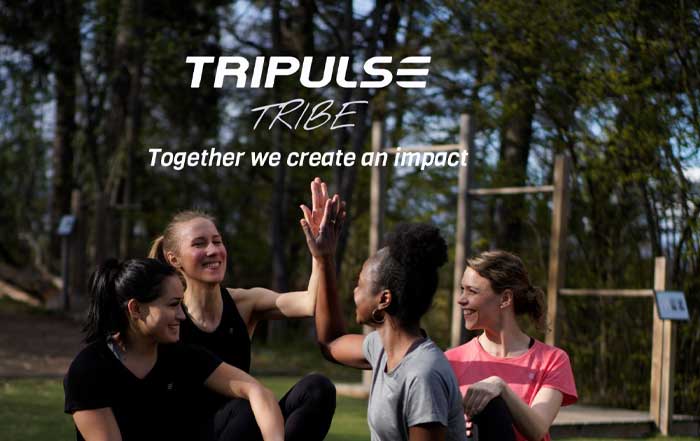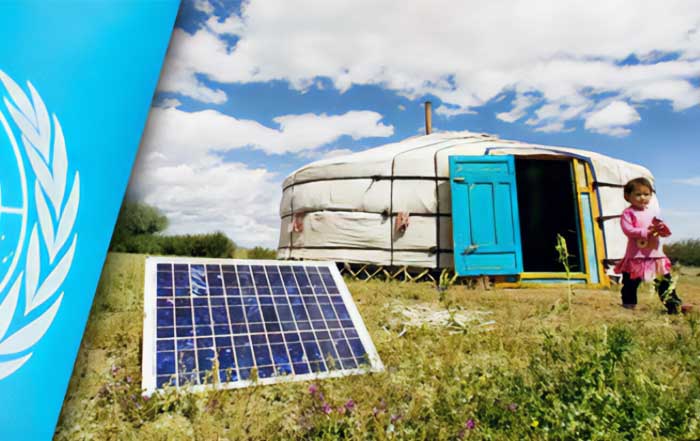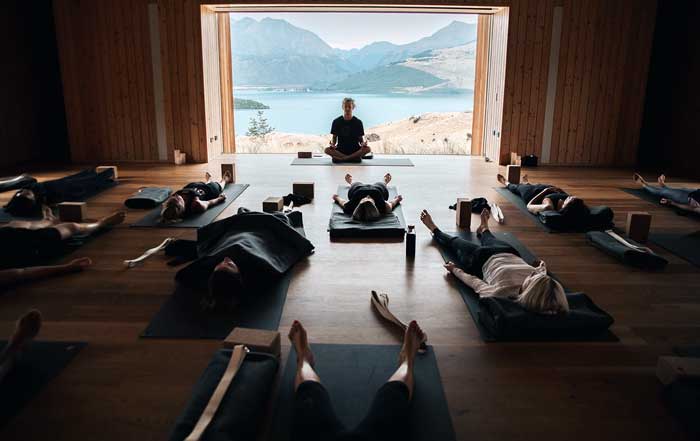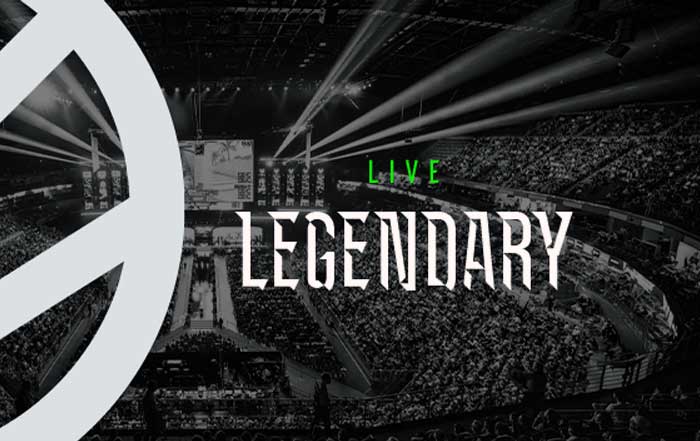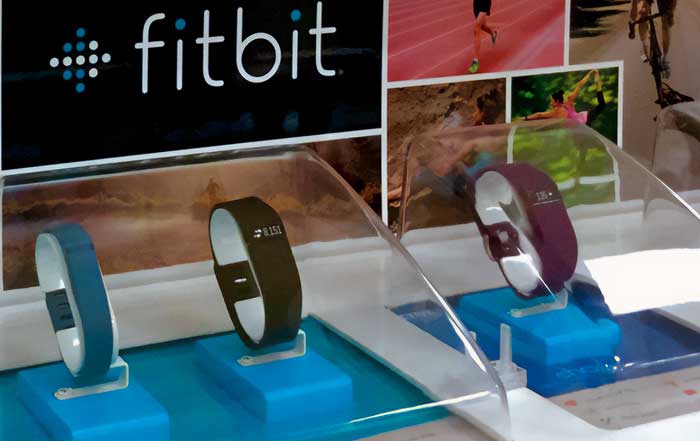The U.S. healthcare sector is undergoing one of the most significant transformations in its history, with biotechnology serving as the driving force behind breakthroughs in treatment, prevention, and patient care delivery. From genetic therapies that correct inherited conditions to artificial intelligence–powered diagnostic tools, top U.S. health companies are reshaping the future of medicine. For readers of fitbuzzfeed.com, where fitness, health, and business trends intersect, understanding the biotech revolution is essential to appreciating how innovations are shifting the balance between illness and wellness, extending lifespans, and reducing healthcare costs over the long term.
This sweeping change is not happening in isolation. It is fueled by rapid advances in genomics, cellular engineering, wearable technologies, and personalized medicine. At the same time, major pharmaceutical and healthcare organizations are partnering with biotech startups to accelerate research and bring therapies to patients more efficiently. The result is a fast-moving industry with implications for global health, economics, and the fitness and wellness movements that have become central to modern lifestyles.
The Rise of Biotech as the Core of U.S. Healthcare
Biotechnology has shifted from being a niche field to becoming the backbone of medical innovation in the United States. Companies such as Moderna, Amgen, Gilead Sciences, and Regeneron Pharmaceuticals are not only developing new therapies but also setting industry standards in clinical trials, drug delivery, and patient engagement. The pandemic acted as a catalyst, as the rapid development of mRNA vaccines by Pfizer in partnership with BioNTech and by Moderna showcased the power of biotech to deliver solutions at unprecedented speed.
For patients, the promise of biotech lies in personalization. Traditional medicine has long relied on broad treatment approaches, but biotechnology enables doctors to understand disease at the molecular level, tailoring interventions for specific individuals. This shift is evident in the rise of precision oncology, where therapies are designed based on a patient’s unique genetic mutations. Such progress links directly to lifestyle and wellness considerations, as more people are looking not just to treat illnesses but to actively manage health and fitness for long-term quality of life.
Readers seeking insight into the broader global context can explore world news and developments that connect biotechnology with international healthcare challenges.
Gene Therapy and the New Era of Curative Medicine
Perhaps the most dramatic example of biotech’s influence is gene therapy. Once considered theoretical, it is now an FDA-approved reality for conditions such as spinal muscular atrophy and certain rare genetic disorders. Companies like Bluebird Bio and CRISPR Therapeutics are leading efforts to develop therapies that repair or replace defective genes, effectively curing diseases rather than simply managing symptoms.
The implications are profound. Parents of children with genetic conditions can now hope for treatments that were unimaginable just a decade ago. These breakthroughs also highlight the interconnectedness of science and business, as large firms partner with nimble biotech startups to secure innovation pipelines. This collaborative approach ensures that breakthroughs reach patients faster while driving economic growth in the health sector.
To complement these scientific developments, resources on fitness and training highlight how gene therapies and new treatments may soon align with athletic performance optimization, bridging medicine and human potential.
Artificial Intelligence Meets Biotechnology
Artificial intelligence is not only revolutionizing the tech industry but also becoming a cornerstone of biotech innovation. Companies such as IBM Watson Health and Google DeepMind are working with healthcare organizations to accelerate drug discovery, analyze medical images, and predict patient outcomes with unprecedented accuracy.
AI-driven platforms enable researchers to analyze millions of molecular combinations in days, a process that once took years. For patients, this means faster development of life-saving drugs and diagnostic tools that catch illnesses at earlier stages. For example, AI models trained on genomic data can now predict the likelihood of developing conditions such as cancer or heart disease, empowering individuals to take preventive measures.
In the wellness ecosystem, AI integration resonates strongly with technology and health innovation trends, making this a vital area for business leaders, fitness professionals, and policymakers alike.
🧬 Biotech Revolution Timeline
2020: mRNA Vaccine Breakthrough
Pfizer-BioNTech and Moderna develop COVID-19 vaccines using revolutionary mRNA technology, proving biotech can deliver solutions at unprecedented speed.
2021: Gene Therapy Approvals
FDA approves multiple gene therapies for rare diseases, with companies like Bluebird Bio leading treatments that repair defective genes rather than manage symptoms.
2022: AI Drug Discovery
IBM Watson Health and Google DeepMind revolutionize drug discovery, analyzing millions of molecular combinations in days instead of years.
2023: Wearable Biotech Integration
Apple, Fitbit, and WHOOP launch advanced wearables tracking heart rhythms, glucose levels, and early illness warning signs, bridging fitness and healthcare.
2024: Precision Medicine Mainstream
CAR-T cell therapies and precision oncology become standard care, with Genentech and Bristol Myers Squibb leading targeted cancer treatments.
2025: Biotech-Wellness Convergence
Nutrigenomics and genetic fitness optimization become mainstream, with companies like 23andMe creating personalized wellness programs.
2030: $3 Trillion Biotech Market
Projected market peak with routine genetic scans, continuous biometric monitoring, and biotech-enhanced fitness becoming standard healthcare.
Market Impact Statistics
Biotech’s Role in Personalized Nutrition and Fitness
Biotechnology is not limited to medical treatments—it is also shaping the way people eat, exercise, and manage overall wellness. The emerging field of nutrigenomics explores how genes interact with diet, enabling customized nutrition plans that optimize health and performance. Companies such as 23andMe and Nutrigenomix offer genetic testing kits that provide insights into metabolism, nutrient absorption, and food sensitivities.
In parallel, fitness technology companies are incorporating biotech insights into their platforms, offering personalized training regimens based on genetic profiles. For example, data-driven fitness applications now integrate DNA analysis with wearable devices to recommend optimal exercise routines, recovery strategies, and even sleep schedules.
This evolution aligns with nutrition-focused discussions, helping readers understand how biotech is reshaping everything from grocery shopping to fitness tracking. It also connects to the larger conversation about preventive healthcare, where proactive wellness reduces long-term medical costs.
The Economic and Business Impact of Biotech
The economic potential of biotech innovation is staggering. According to recent reports, the U.S. biotech market is projected to surpass $3 trillion in value by 2030, driven by advancements in pharmaceuticals, diagnostics, and digital health. For investors and entrepreneurs, this sector offers immense opportunities, but it also demands awareness of regulatory frameworks, ethical considerations, and intellectual property protection.
Johnson & Johnson, UnitedHealth Group, and CVS Health are not only healthcare giants but also significant players in biotech investment. Their involvement underscores how mainstream the field has become, merging business imperatives with scientific progress. At the same time, venture capital firms are channeling billions into biotech startups, accelerating innovation and creating jobs across research, clinical trials, and healthcare delivery.
For readers following trends in business and jobs, the biotech sector provides an inspiring case study of how science and commerce intersect to drive growth and reshape industries.
Biotech and Global Health Equity
One of the most pressing challenges in biotech innovation is ensuring equitable access. While the United States leads in research and development, disparities in affordability and distribution raise concerns. Treatments costing millions of dollars remain inaccessible to many patients, creating debates around pricing and insurance coverage.
Global organizations such as the World Health Organization (WHO) and Bill & Melinda Gates Foundation are working with U.S. biotech companies to expand access in low- and middle-income countries. These collaborations aim to ensure that life-saving treatments are not limited to wealthy populations but instead contribute to global health equity.
This discussion extends beyond medicine to broader issues of health and wellness, reminding readers that true innovation must be inclusive to achieve sustainable progress.
Biotech in the Fight Against Chronic Diseases
Chronic diseases remain the most significant burden on healthcare systems worldwide, and biotechnology is at the forefront of creating solutions. U.S. health companies are leveraging cutting-edge tools in genomics, cell therapy, and molecular diagnostics to address conditions that affect millions of people, from cancer to diabetes and neurodegenerative disorders such as Alzheimer’s disease.
In oncology, precision medicine has transformed treatment paradigms. Companies like Genentech (a subsidiary of Roche) and Bristol Myers Squibb have developed targeted therapies that inhibit cancer growth at the genetic level, reducing side effects compared to conventional chemotherapy. Meanwhile, Novartis, though headquartered in Switzerland, partners extensively with U.S. biotech firms to advance CAR-T cell therapies, which reprogram a patient’s immune cells to attack tumors.
For diabetes, biotech research has moved beyond insulin management into regenerative medicine. Vertex Pharmaceuticals is pioneering stem cell–derived therapies that aim to restore insulin production in patients with type 1 diabetes. Such advances suggest a future where patients may no longer need daily injections, instead benefiting from long-term solutions that address root causes.
Alzheimer’s disease, long a puzzle for researchers, is also seeing progress. Biotech innovations in biomarkers and amyloid-targeting drugs, such as Eli Lilly’s donanemab, are offering new hope in slowing disease progression. While challenges remain, these breakthroughs highlight how biotech can provide meaningful improvements in quality of life for aging populations. Readers can explore health-focused insights to see how these chronic disease solutions connect to broader wellness strategies.
Wearable Biotech Devices: Bridging Fitness and Healthcare
The line between medical monitoring and consumer fitness technology is rapidly blurring, thanks to wearable biotech devices. U.S. companies like Apple, Fitbit (owned by Google), and WHOOP are developing devices that do far more than count steps—they track heart rhythms, oxygen saturation, glucose levels, and even early warning signs of illness.
These devices are no longer just accessories for athletes; they are becoming vital tools in preventive healthcare. For instance, continuous glucose monitors (CGMs) produced by companies like Dexcom and Abbott Laboratories are now used by fitness enthusiasts and individuals without diabetes to optimize nutrition and performance. Paired with AI-driven insights, these monitors help users personalize their diets and workouts in ways previously impossible.
The U.S. military and professional sports organizations have also embraced wearables to track soldier and athlete performance, reducing injury risk and improving recovery. As a result, wearable biotech is establishing itself as a bridge between fitness and medicine, expanding conversations on physical performance into mainstream healthcare.
Ethical Challenges in Genetic Editing
Biotech’s power to alter human genetics raises profound ethical questions. Tools such as CRISPR-Cas9 allow scientists to edit DNA with extraordinary precision, but they also spark debates about how far society should go in manipulating life itself. While therapies targeting inherited diseases are widely celebrated, the possibility of “designer babies” has ignited global concerns about fairness, inequality, and the long-term consequences of altering human evolution.
U.S. health companies and regulatory bodies, including the Food and Drug Administration (FDA), are grappling with these questions. Ethical guidelines stress the importance of focusing on therapeutic applications rather than enhancement, yet the boundaries remain contested. Organizations such as the National Institutes of Health (NIH) are promoting public dialogue to ensure responsible progress.
The discussion is not only scientific but also cultural. Issues of accessibility, religious perspectives, and socioeconomic disparities all play into how biotech is perceived globally. As these debates continue, they remind stakeholders that innovation must be guided not just by technological capability but by human values. This delicate balance links to the broader conversations on world affairs and ethics.
Biotech and Preventive Wellness Strategies
The growing emphasis on preventive health aligns naturally with biotech innovations. Instead of waiting for diseases to emerge, individuals and healthcare systems are investing in tools that predict and prevent illness. Genetic screening, advanced diagnostics, and microbiome analysis are becoming part of routine healthcare for millions of Americans.
Companies like Viome are advancing microbiome testing to create personalized nutrition and wellness programs, while Color Genomics provides affordable genetic testing for predisposition to cancers and cardiovascular disease. These services empower individuals to make informed lifestyle choices, connecting medical data to everyday activities like diet and exercise.
Preventive biotech also reduces strain on healthcare infrastructure, cutting long-term costs and improving population health. For fitness-conscious audiences, the link between proactive wellness and biotechnology underscores a future where health and lifestyle decisions are fully integrated. Readers can explore fitness innovations for a closer look at how biotech supports this growing trend.
Global Collaboration and the Future Outlook
Although U.S. companies lead the biotech sector, international collaboration is vital to scaling breakthroughs. Partnerships between American firms and European, Asian, and African organizations are accelerating research into infectious diseases, rare conditions, and global health emergencies.
For example, Pfizer and BioNTech’s cross-Atlantic partnership became a model for future collaborations, while American firms like Gilead Sciences are working with global health organizations to expand access to antiviral therapies in developing regions. Similarly, collaborations with countries like Singapore and South Korea are advancing cell therapy and biotech manufacturing capabilities.
Looking ahead, the biotech revolution will likely expand beyond healthcare into areas such as environmental sustainability, food security, and wellness innovation. Biotech tools that create lab-grown meats, improve crop resilience, and reduce pharmaceutical waste highlight the sector’s potential to transform multiple industries. Readers interested in broader business implications can explore global business and innovation.
The Role of U.S. Health Giants in Shaping Biotech’s Future
Major U.S. health companies are setting benchmarks for how biotech is integrated into mainstream healthcare. UnitedHealth Group is using data analytics and biotech innovations to improve patient outcomes, while CVS Health has expanded its retail clinics with biotech-driven diagnostic services. Kaiser Permanente has embraced genomics and AI to deliver preventive care across its massive network.
Meanwhile, pharmaceutical leaders like Amgen and Regeneron continue to dominate research pipelines in oncology, cardiovascular health, and immunology. Their partnerships with academic institutions and startups ensure a steady flow of innovation. These firms also play a critical role in negotiating pricing, insurance coverage, and patient access—issues that will determine whether biotech fulfills its promise across society.
For readers following health industry news, these companies exemplify how corporate strategy intersects with scientific discovery to redefine what healthcare looks like in 2025 and beyond.
Fitness, Wellness, and the Biotech-Driven Future
As the biotech sector grows, its influence on everyday fitness and wellness will deepen. From genetic-based training programs to biotech supplements and advanced recovery therapies, consumers will experience a convergence of medicine and lifestyle in ways never before possible. This future aligns with the mission of fitbuzzfeed.com to bring readers insights at the intersection of fitness, health, and global innovation.
By 2030, experts predict that routine health monitoring will include genetic scans, continuous biometric tracking, and personalized nutrition plans—all driven by biotech platforms. Fitness professionals will integrate this data into training regimens, while wellness brands will offer biotech-enhanced solutions that blend prevention, performance, and longevity. Readers can stay connected with emerging trends in lifestyle and wellness to understand how these changes will shape personal health journeys.
Conclusion: Biotech as the New Pillar of Health and Fitness
In 2025, the revolution in biotechnology is not just transforming hospitals and laboratories—it is shaping how people live, exercise, and care for themselves. U.S. health companies stand at the forefront of this change, combining expertise in genomics, artificial intelligence, and wearable devices to deliver innovations that blur the lines between medical treatment and preventive wellness.
The challenges of cost, equity, and ethics remain, but the trajectory is clear: biotechnology has become a central pillar of healthcare and a defining force in global well-being. For readers of fitbuzzfeed.com, the biotech revolution offers both inspiration and practical insights, linking fitness and health to a broader ecosystem of innovation that promises longer, healthier, and more fulfilling lives.


